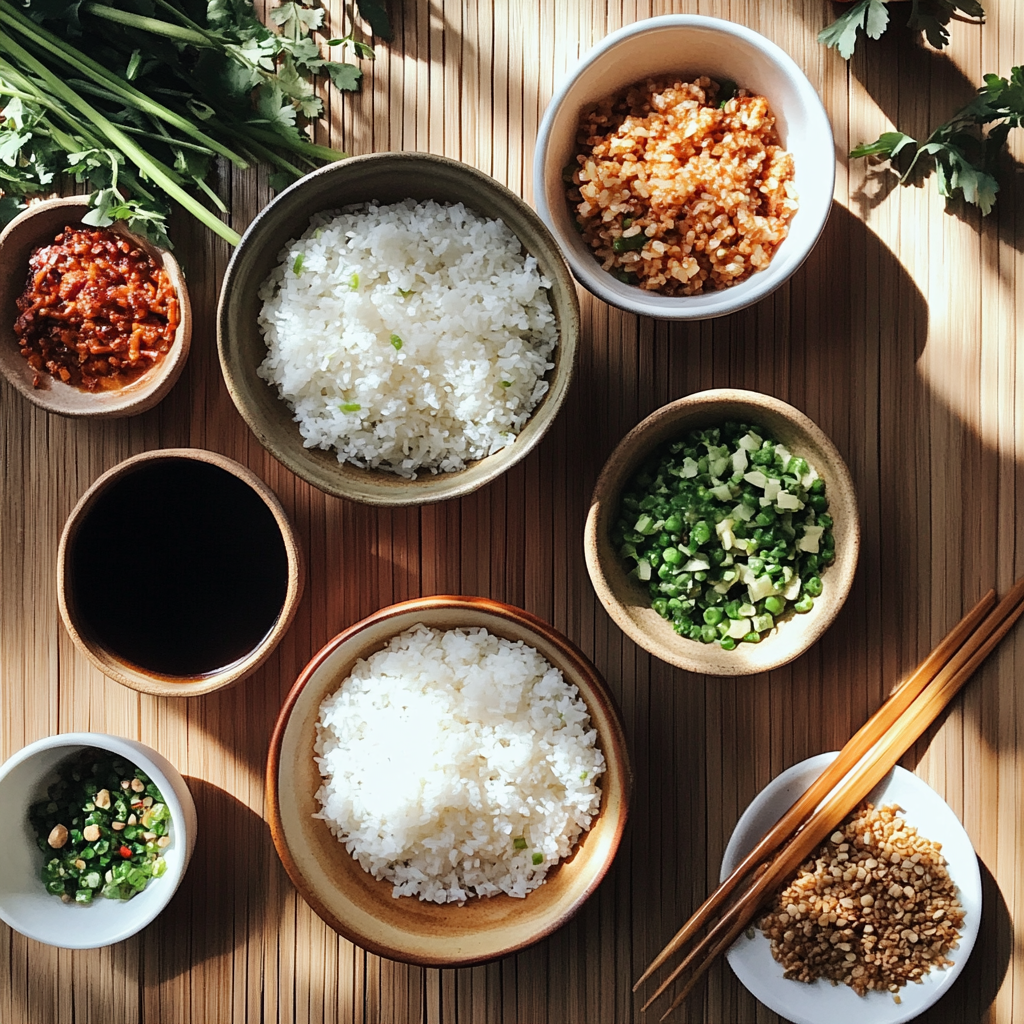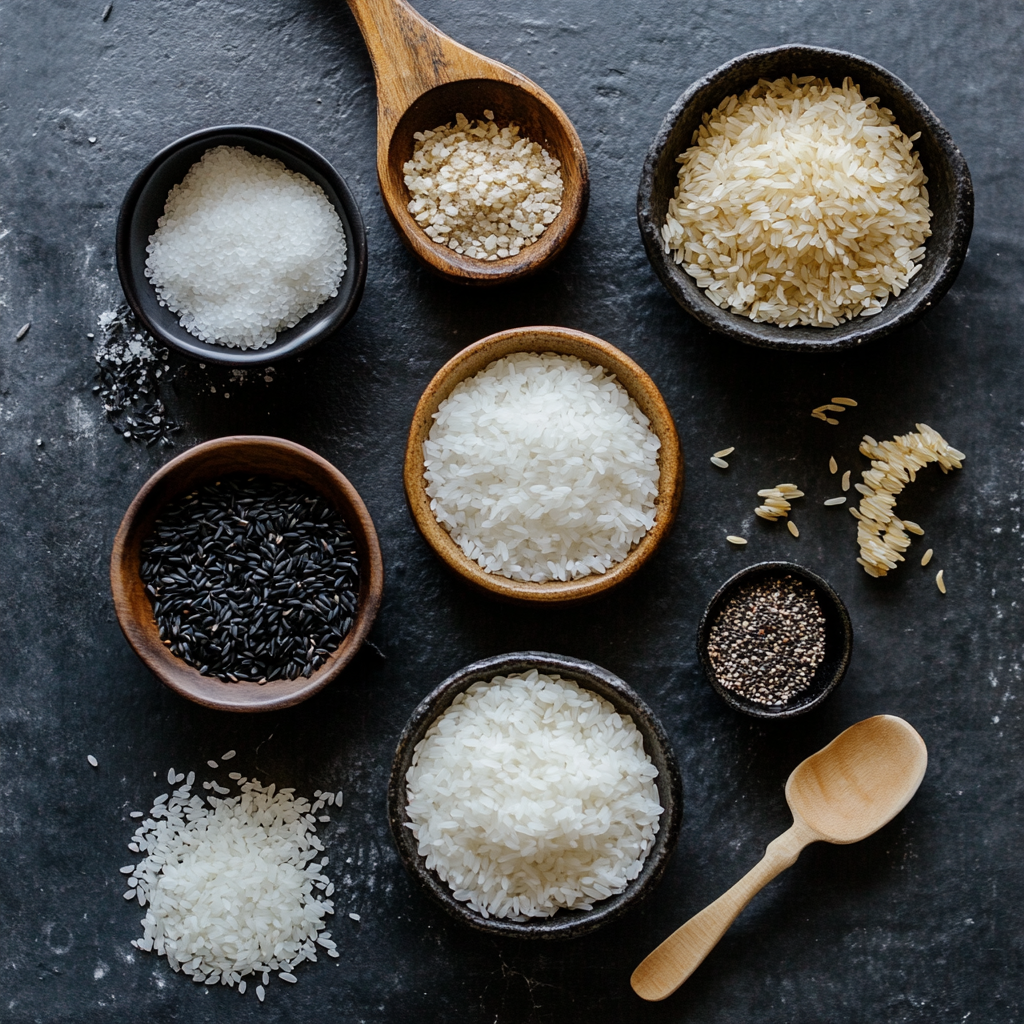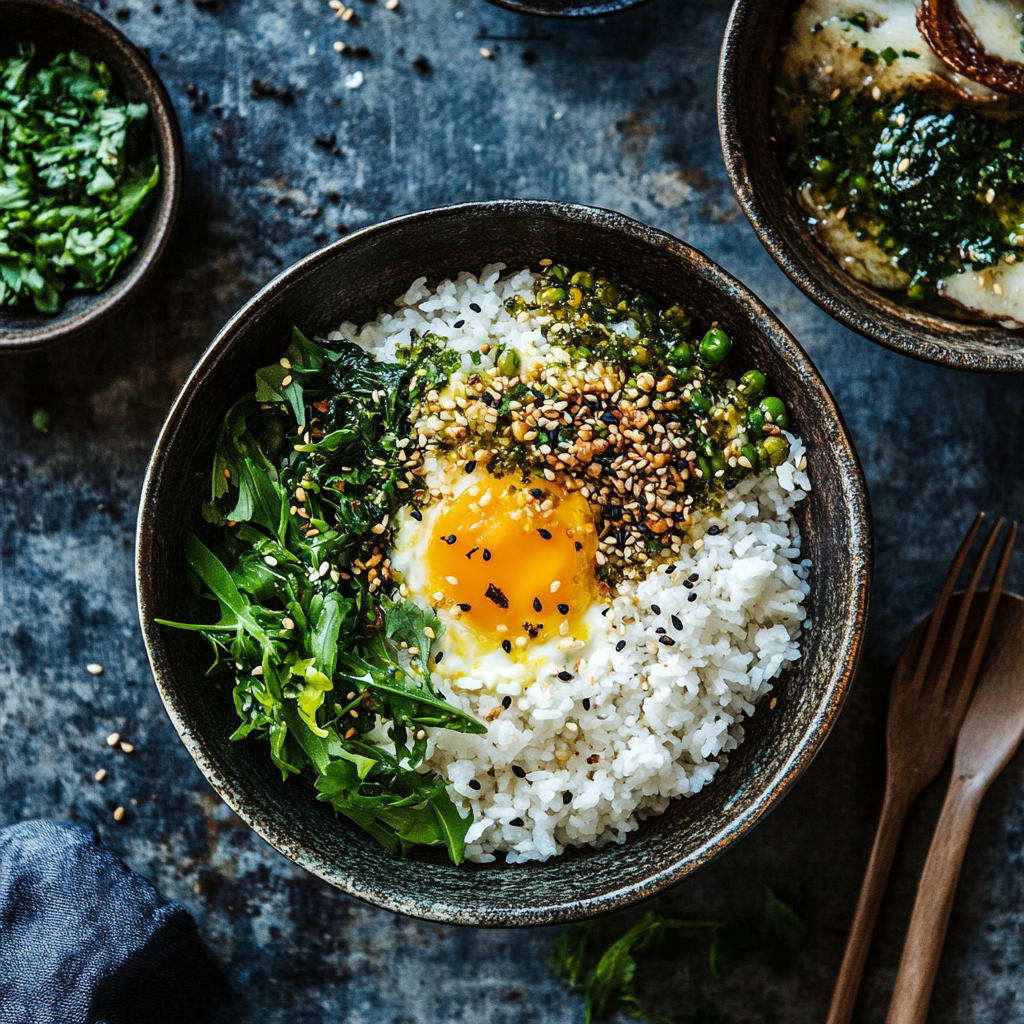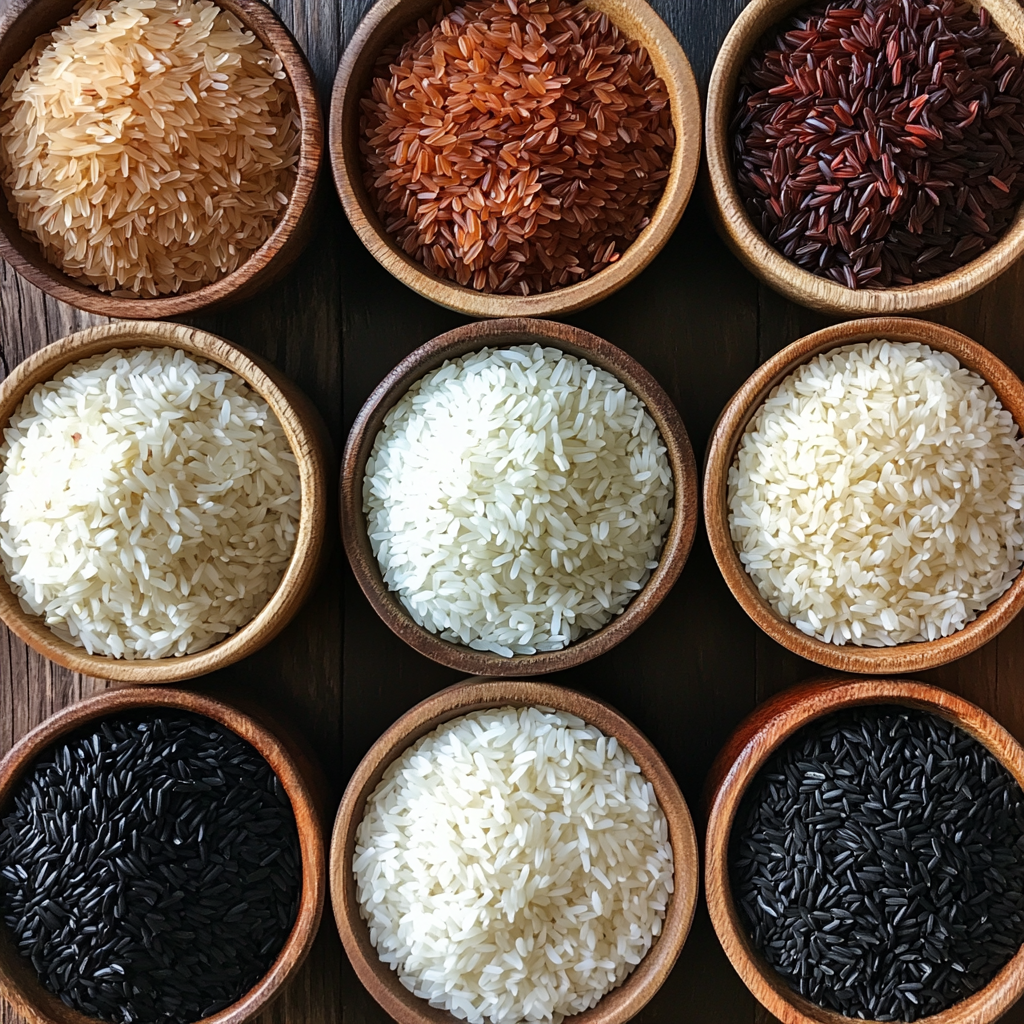- +86-13631182173
- sales@zsqeelin.com
- 8613631182173
In recent years, the popularity of rice cooking has surged, with the global rice cooker market expected to reach approximately $2.7 billion by 2025, according to market research reports. This growth can be attributed to the increasing demand for convenient and efficient cooking solutions in households and restaurants alike. Among the various cooking appliances available, the Electric Rice Cooking Machine stands out for its ability to deliver perfectly cooked rice consistently, catering not only to traditional Asian cuisines but also to diverse global culinary trends.
The Electric Rice Cooking Machine is engineered with advanced technology that ensures optimal temperature control and moisture retention, resulting in fluffy, delicious rice every time. With features such as programmable settings and steaming capabilities, these machines offer a level of versatility that meets the needs of modern consumers. As more households seek quick, hassle-free cooking methods without compromising on quality, mastering the art of using an Electric Rice Cooking Machine has become essential for both novice cooks and seasoned chefs. This guide aims to provide insights and tips to help you achieve rice perfection with this indispensable kitchen appliance.

When it comes to electric rice cookers, the market offers a variety of options designed to cater to different cooking needs and styles. Understanding these types can significantly enhance your culinary experience. The most common types include basic rice cookers, induction heating models, and multi-functional cookers. According to a report by Market Research Future, the global rice cooker market is expected to grow at a remarkable rate, reaching approximately $1.5 billion by 2025, highlighting the increasing reliance on these appliances. Basic rice cookers are often the most affordable, perfect for those who primarily cook rice and enjoy simplicity. They typically consist of a heating element and a pot, allowing for straightforward operation. In contrast, induction heating rice cookers utilize advanced technology to provide precise temperature control and even cooking. These models often come with sophisticated features such as fuzzy logic, which allows the cooker to adjust cooking times and temperatures automatically, resulting in perfectly textured rice. A study from Technavio indicates that the demand for induction rice cookers is rising, driven by consumers' preference for convenience and quality. Multi-functional rice cookers take versatility to the next level. Beyond cooking rice, these machines can steam vegetables, slow cook stews, and even bake cakes. This capability appeals to modern home cooks looking to save time and space in the kitchen. A recent report from Grand View Research found that consumers are increasingly favoring appliances that offer multiple functionalities, with expected growth in the multi-cooker segment, reinforcing the trend of merging convenience with culinary creativity. By exploring the various types and their unique features, you can choose the electric rice cooker that best fits your lifestyle and cooking preferences.

When it comes to perfecting the art of rice cooking, understanding the key factors that influence quality is essential. The water ratio, temperature, and cooking time are the pivotal elements that determine whether your rice turns out fluffy or sticky. A study conducted by the Food and Agriculture Organization (FAO) indicates that the ideal water-to-rice ratio often falls between 1.5:1 to 2:1, depending on the type of rice being used. For instance, long-grain rice typically requires less water compared to short-grain varieties, which absorb more moisture due to their higher starch content.
Temperature plays a crucial role in achieving the right texture. Electric rice cooking machines often employ precise temperature controls to maintain the optimal cooking environment. According to the Journal of Food Science, cooking at the right temperature can significantly influence the gelatinization of starch, which is vital for achieving that perfect mouthfeel. Most electric rice cookers now feature advanced technology that allows for programmed heating cycles, adapting to various rice types and cooking conditions, thereby ensuring consistent results every time.
Finally, cooking time is another critical factor that can impact the overall quality of rice. Research by the International Rice Research Institute shows that undercooked rice can lead to undesired hardness, while overcooked rice may become too mushy. Electric rice cookers equipped with timers and sensors can automatically adjust the cooking time based on the internal moisture levels, allowing for precision that home cooks might struggle to achieve manually. By mastering these three factors—water ratio, temperature, and time—you can unlock the true potential of your electric rice cooker and enjoy perfectly cooked rice with every meal.

When it comes to cooking rice, understanding the science behind rice texture is essential. The type of starch present in rice grains plays a pivotal role in determining the final texture of the cooked rice. Rice predominantly contains two types of starch: amylose and amylopectin. Varieties with a high amylose content, such as basmati or jasmine, tend to yield fluffy, separate grains upon cooking. In contrast, rice varieties with higher amylopectin levels, like sticky rice, create a creamier texture, making them perfect for dishes that require cohesiveness.
Furthermore, recent studies have highlighted how aging rice can affect its nutritional quality and cooking performance. Research conducted in the field demonstrates that aged rice undergoes changes in its starch composition, affecting both the cooking time and the texture of the final dish. For instance, older rice may require longer cooking durations due to increased crystallinity of the starch granules, which impacts water absorption rates. A study published in *Food Science & Nutrition* indicated that aged rice could lose up to 10% of its original nutrient content, particularly in essential vitamins, underscoring the importance of selecting fresh rice for optimal health benefits and cooking quality.
Electric rice cooking machines have revolutionized the way we prepare rice, taking into account various cooking mechanics to ensure perfect outcomes. These machines adjust cooking times and temperatures based on the type of rice and even the age of the grains, allowing for precise control over the cooking process. With built-in sensors and advanced programming features, modern rice cookers can adapt to changes in rice texture resulting from aging, ensuring that each grain reaches its ideal cooking state. By masterfully blending science and technology, these appliances can help everyday cooks achieve rice perfection every time.

When selecting the right electric rice cooker for your kitchen, understanding the key features and capabilities is essential. The market is filled with various models that cater to different cooking needs, from simple on-off switches to advanced digital displays with built-in smart programs. According to recent reviews, the Zojirushi rice cooker has garnered acclaim in professional kitchens, known for its precision and excellent cooking results. This brand is often cited as a top choice in expert reviews, emphasizing the importance of investing in a high-quality machine that aligns with your cooking style.
Moreover, it's essential to consider the size of the rice cooker based on your household’s needs. A report from Good Food’s reviews experts highlights that the best models for 2025 come in various capacities, suitable for everything from single servings to meals for large families. For instance, the Instant Pot line, particularly the Duo Plus model, stands out for its multi-cooking functionalities, allowing users to pressure cook, sauté, and even steam, which adds versatility to your kitchen.
When looking for the perfect rice cooker, also take into account ease of use and cleanup. Many top-rated models feature non-stick inner pots and digital displays that simplify the cooking process, reducing the time and effort needed for meal prep. With these insights, you'll be better equipped to choose a rice cooker that not only meets your cooking demands but also enhances your culinary experience at home.
When it comes to cooking the perfect bowl of rice, electric rice cookers have revolutionized the culinary experience. With a plethora of brands on the market, understanding their features and performance is crucial for making an informed decision. A comparative analysis based on user reviews can provide insights into which rice cookers consistently deliver quality results and ease of use.
Top brands like Zojirushi, Tiger, and Panasonic stand out in user reviews for their innovative technology and reliability. Zojirushi, for instance, is celebrated for its advanced cooking algorithms that adjust temperature and cooking time according to the type of rice. Users appreciate the consistent texture and flavor, making it a favorite among rice enthusiasts. On the other hand, Tiger’s versatile models often include multi-cooking functions, allowing users to experiment with different grains and even stews, which adds to its appeal in diverse cooking applications.
Panasonic also garners positive feedback for its sleek designs and user-friendly interfaces. Reviewers frequently mention the easy-to-read LCD displays and the one-touch cooking feature that takes the guesswork out of preparing rice. Each brand's performance can vary not only in function but also in the types of rice they excel at cooking, making it essential for consumers to assess their specific needs and preferences. By examining these brands through user experiences, potential buyers can narrow down their choices and invest in an electric rice cooker that promises to elevate their culinary creations.
